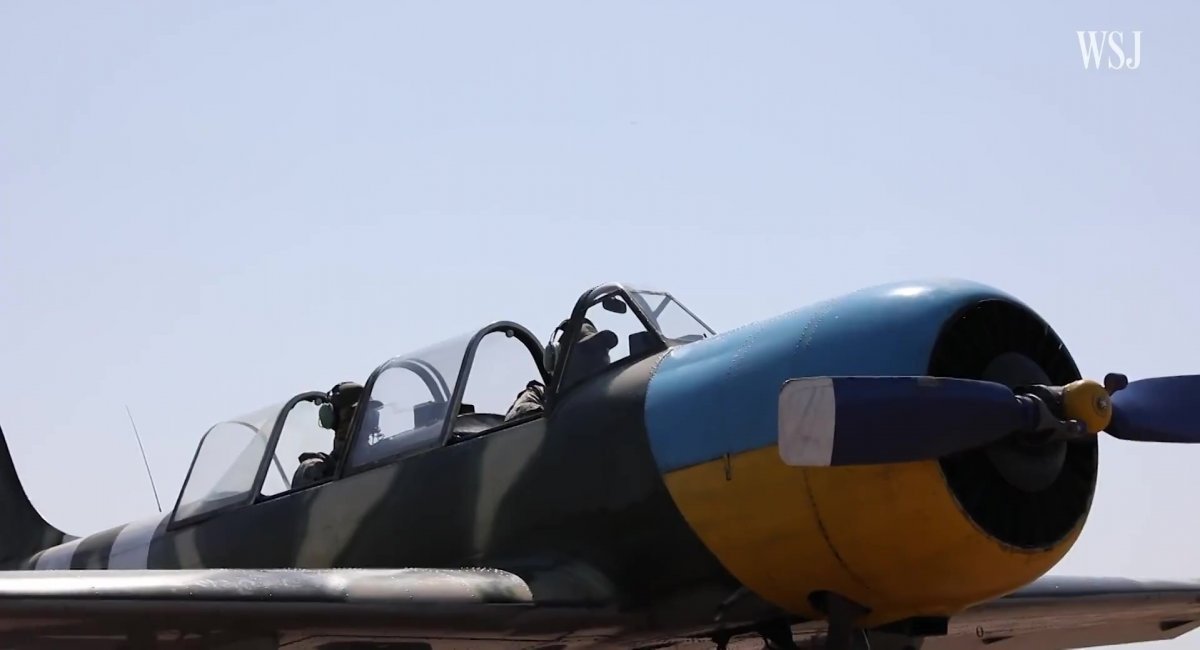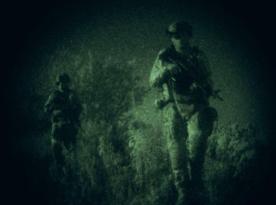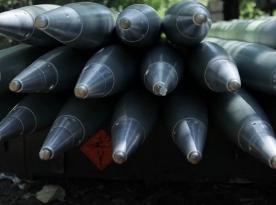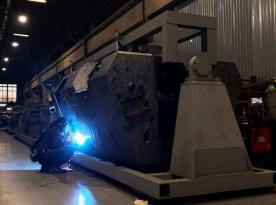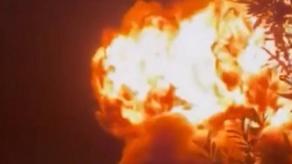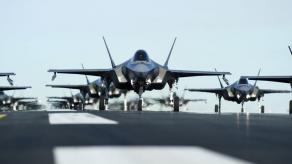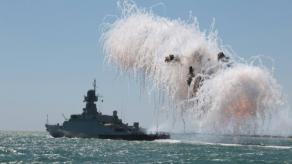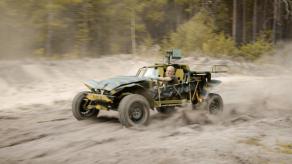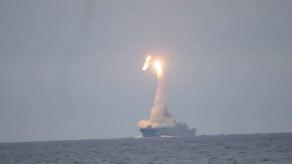Since the spring of 2024, if not earlier, Ukraine has been employing Yak-52 training propeller aircraft as improvised drone hunters. This tactic emerged as a response to persistent russian Orlan and Zala UAVs loitering over Ukrainian airfields and training grounds, directing ballistic missile strikes.
What began as a volunteer-driven initiative has now become part of the 11th Army Aviation Brigade Kherson. Deputy Commander Mykola Lykhatsky shared details of this unusual combat role in an interview with The Wall Street Journal.
Read more: How Ukraine Can Weaponize Yak-52 to Take Down russian Drones Without Resorting to WWI-Era Rifle Shooting
One Yak-52 crew — a 56-year-old pilot with the callsign Maestro, who had previously flown small planes recreationally, and a 38-year-old gunner callsign Ninja, a former auto mechanic — carried out nearly 300 combat sorties over the course of a year and destroyed 120 enemy drones.
This accounted for half of all drones destroyed by the brigade, which is also equipped with Mi-24 and Mi-8 helicopters. Unlike the Yak-52s, the helicopters are tasked with a wide range of missions, including ground strikes, transport, and evacuation operations. Overall, according to Lykhatsky, helicopters and light aircraft are responsible for about 10–12% of all drones downed by the brigade.
The statistics are striking. Three hundred sorties in a single year is an exceptionally high number, especially considering that the Yak-52 can only operate effectively in daylight and favorable weather. This means the crew often flew multiple sorties per day.
The destruction of 120 russian UAVs must also be understood in context: it was carried out in a style reminiscent of the early days of World War I, when aircraft lacked fixed weapons and pilots fired at each other with pistols and revolvers. To bring down a russian drone, the Yak-52 pilot maneuvers the aircraft close to the target, while the gunner engages it with small arms.
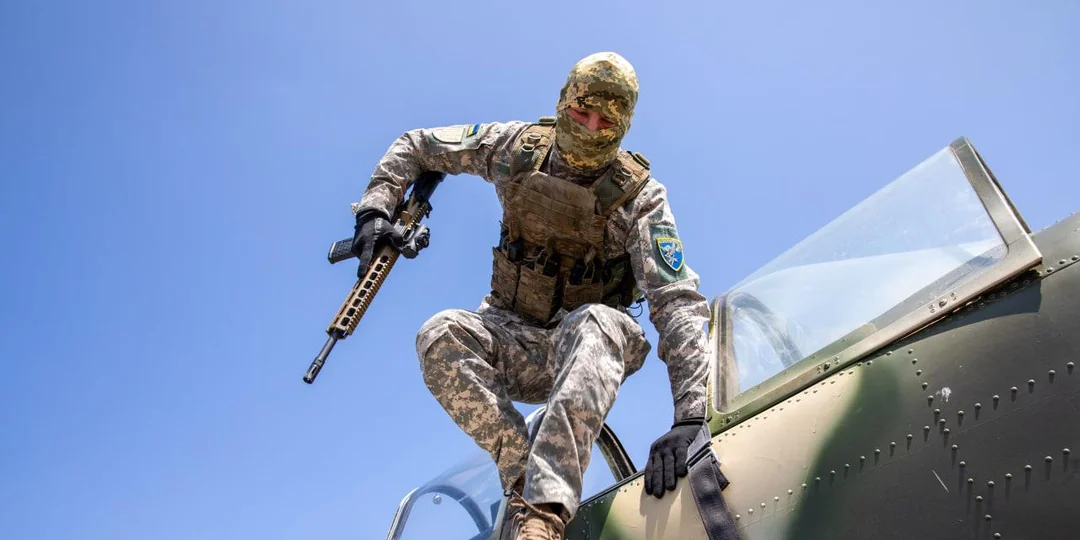
According to the gunner, it feels "like shooting while riding on horseback," and no modern technology makes it easier. Interestingly, the most effective weapon for these missions has turned out not to be a shotgun, but a NATO-caliber 5.56 mm assault rifle.
Missions take place year-round, in both summer and winter. At altitude, every kilometer means a temperature drop of about –6.5°C, combined with strong airflow at speeds of 120–180 km/h depending on the target. In one instance, in May last year, a Yak-52 had to evade a surface-to-air missile by diving at maximum possible speed. The report noted 450 miles per hour (724 km/h), though this is almost certainly a mistake, since the Yak-52's maximum speed is about 450 km/h.
Sometimes the crew resorts to physically tipping enemy drones with a wing, causing them to flip and crash — a tactic reminiscent of British pilots intercepting German V-1 flying bombs during World War II.
These missions are not without danger. russian forces actively target light aircraft, even using ballistic missiles against them. On July 18, one such strike killed pilot Kostiantyn Oborin, who had been the first to fly Yak-52 missions over Odesa to intercept russian drones.
Read more: Ukrainian Yak-52 Aircraft Uses WWI Tactics to Shoot Down russian Drone (Photo)




